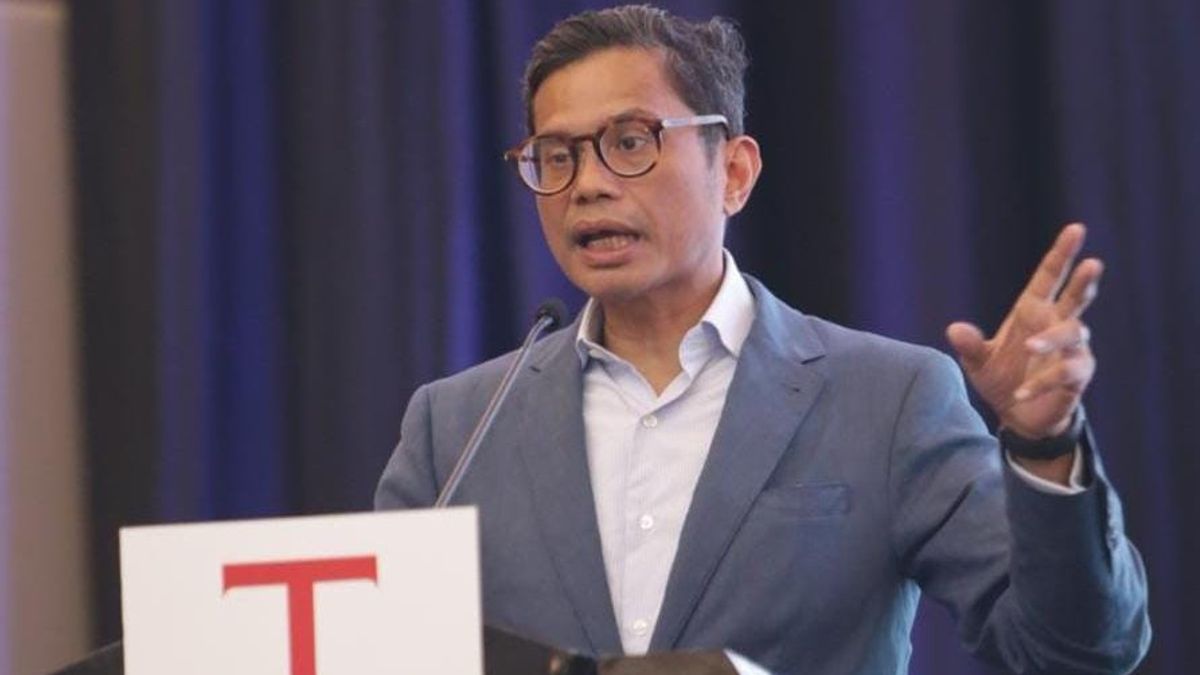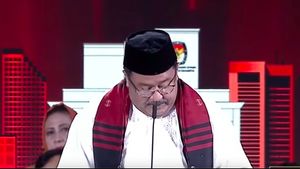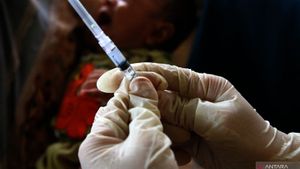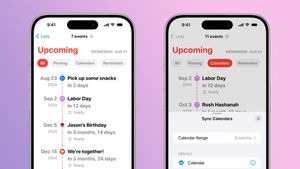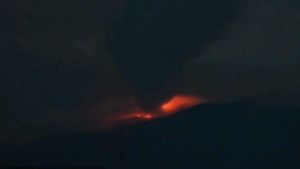JAKARTA - As an effort to reduce the impact of climate change and achieve Net Zero Emission (NZE) 2060, PT PLN (Persero) is actively encouraging the development of New Renewable Energy Plants (EBT) and the use of battery-based electric vehicles (KBLBB) in Indonesia.
Deputy Minister of State-Owned Enterprises (BUMN) I Pahala Mansury said that the energy transition to net zero emissions in 2060 is not only a challenge but must also be captured as an opportunity.
On that basis, the Ministry of SOEs took several initiatives so that state companies could seize the energy transition opportunity.
The first initiative is to encourage state-owned companies to reduce carbon emissions. For example, PT PLN (Persero) can co-firing or use biomass to be used as fuel for its power plants.
"PTPN and Perhutani generate their biomass, PLN uses its biomass. So we really have to do it together," said Pahala in a press statement, Friday, December 16.
The second initiative is to build new businesses that are relevant to the energy transition program. For example, the development of integrated EV batteries including the provision of public electric vehicle charging stations (SPKLU).
The third initiative is to explore opportunities from the resources they have. For example, is the development of wind or hydro energy that can be done by PT PLN (Persero).
"We should not see an increase in energy needs and build a green economy as a challenge. This must also be an opportunity. Especially for Indonesia. So, there are several initiatives that we group and each BUMN must be able to carry out these initiatives," said Pahala.
Meanwhile, PLN's Executive Vice President for Energy and Sustainability Transition, Kamia Handayani, said that in encouraging the energy transition program, the company has carried out several initiatives. For example, by no longer making a contract for the construction of new coal-fired power plants.
Instead, PLN began to build a New Renewable Energy (EBT)-based power plant.
In addition, in the long term, PLN needs to interconnect electricity networks, especially between Java island as the center of electricity demand and other islands.
"To realize NZE, the big strategy is shifting away, from fossil-based power plants to EBT plants. In the long term, if EBT plants are used on a large scale, supporting technology such as battery energy storage systems (BESS) and interconnections between islands are needed," explained Kamia.
In addition, Kamia said, PLN also encourages the use of electric vehicles through the provision of Public Electric Vehicle Charging Stations (SPKLU) and public electric vehicle battery exchange stations (SPBKLU).
In addition, PLN through the PLN Mobile application has developed the Electric Vehicle Digital Services (EVDS) feature.
This application was launched to facilitate services for owners of Battery-Based Electric Motor Vehicles (KBLBB).
Through this feature, PLN customers can find out the location of the nearest public electric vehicle charging station (SPKLU). In addition, EVDS can control and monitor the process of charging car batteries at SPKLU.
"There have been various collaborations, there are more than 240 charging stations that are currently included in EVDS. This is an application that PLN has built so that people can find out SPKLU points and when making transactions, electricity purchases can also be done through the application," said Kamia.
The English, Chinese, Japanese, Arabic, and French versions are automatically generated by the AI. So there may still be inaccuracies in translating, please always see Indonesian as our main language. (system supported by DigitalSiber.id)
